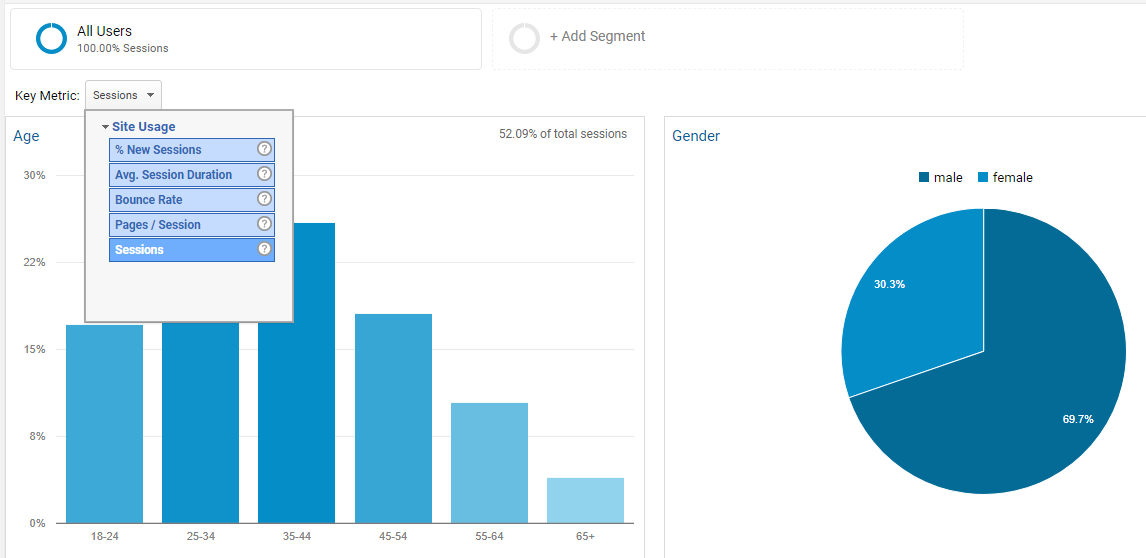Content strategies can feel a bit daunting for a lot of brands. In today’s world where every form of content is being pushed from every direction imaginable, how does one know how to effectively create meaningful content anymore? Furthermore (as if content creation weren’t already complex enough) in today’s world of influencer marketing, we now have content being created on behalf of brands. This can make all of this even more complicated or overwhelming. Having worked with loads of brands and influencers over the years, we’ve learned a thing or two about effective content strategy- especially how influencers fit into that mix. Here are five ways brands can improve their content strategy and make their influencer marketing campaigns more successful.
5 Ways Brands Can Improve Their Content Strategy:
1. Develop Your Social Voice
Your social voice is one of the most critical components of your brand identity. Why? Communication is the backbone of any relationship, which makes your voice the golden opportunity to establish trust between your brand and your audience. The goal is to establish such consistency that all of your messaging (whether a blog post, a tweet or a Facebook post) sounds like it’s coming from the same voice— one that sounds like a trusted friend.
A great way to build this out is to think of your voice as an actual person who would perfectly fit how you envision your brand. Note: it is almost always easier if you’re referencing a recognizable person- whether it’s a celebrity or TV character. For example, a fashion brand that prides itself in being bold or fun-loving might think of their social voice as someone like Samantha Jones from Sex and the City. Creating content for your social channels becomes not only easier, but more consistent when you can ask yourself “How would <insert character here> say this?” Additionally, this tool can be extremely helpful when it comes to bringing influencers into the mix. Does your social persona seem like someone that would get along with the influencers working on your campaign? Can you see them all sitting down to dinner together and having commonality in some way?
Furthermore, having this persona and voice that you can share with your influencer partners during a campaign brief can be extremely helpful as they create content. While part of the point of leveraging an influencer is to have them share in their own voice, painting a clear picture for them of your brand voice will only make it easier for them to do their job well.
2. Determine What Actions You Take Online
There is so much content continually being pushed in the social space, and it would be a mistake for brands to try to participate in every conversation. Just because something is trending or viral doesn’t mean it’s relevant to your brand, so determining a series of social actions can help you vet when it’s appropriate to chime into a cultural conversation (not to mention, create day-to-day content that’s consistently on brand).
A good exercise to establish these actions, Adweek says, is the “we are, we are not” exercise. “This helps you to determine boundaries for your writing voice, or example: We are funny. We are not goofy.” The “we are” example explains your brand, while the “we are not” serves to curtail that feature. The more that you refine and sharpen who you are, the easier it will be to determine what kind of posts you create. For example, if you’re a medical practice it may be very important for your brand to continually educate your audience on the types of procedures you offer. Or, if you are a beauty brand, perhaps you want your audience to feel empowered with confidence? Knowing how you want your audience to feel walking away from your platform (whether it’s more informed, more empowered, or any other attribute) will help you craft posts that are more meaningful and intentional.
Furthermore, once you integrate influencers into the mix, this makes content creation on their end much more straightforward. Giving them a list of objectives means less guessing and instead, having a tangible action item, so “I need to create content about this product” becomes “I need to create content that shows how this product can empower confidence”.
3. Know Your Audience
While you may have a vision for your target audience in the early stages of branding conception, it is imperative to continually pay attention to who your audience actually is. This doesn’t mean that you have to change your entire approach if you aren’t reaching who you initially planned. Instead, it can help you optimize how you frame your messaging to more effectively communicate your brand goals in a way that impacts your current audience.

Source: online-metrics.com
Spending time diving into your Facebook insights, Instagram insights and Google Analytics to learn more about your audience’s age range, geographic location and specific interests. For example, if you realize your audience is predominantly above the age of 60, making pop-culture references to boy bands that millennials love may not resonate well. Knowing more about who your audience is and who you’re trying to reach is extremely helpful when it comes to influencer identification.
Our agency always starts by looking at audience information for both brands and influencers to determine which partnerships could be an optimal fit. Once you have the right influencers to help you reach your desired audience, it’s also great information for them to know who you’re trying to reach. This way, they can create content specifically targeted to those audience groups.
4. Establish Unique Strategies for Each Platform
No two platforms are alike these days. Not only are people using different platforms, but they’re using them in completely different ways. Brands should pay close attention to how users are engaging on each specific platform and build their content accordingly. Gone are the days of creating one post and blasting the same exact message across Facebook, Twitter and Instagram alike. For example, since Twitter is often a popular place for breaking news and real-time updates, this platform could be where you prioritize sharing news articles or press mentions of your brand. Since Instagram is such a visual platform, maybe you make sure all of your best photography finds it’s way into this content calendar.
The type of content is not the only factor of differentiation here. Brands should also pay close attention to when is the best time of day to post on each unique platform (you may find your users are more active on Twitter first thing in the morning but scroll Instagram later in the evenings). While there are certain best practices for each platform that will apply universally, there are still plenty of unique findings specific to your brand that you should take the time to learn and understand. Not only will this help your content strategy, it will also help guide the content that influencers create on behalf of your brand if they know how you typically behave on Instagram vs. Twitter vs. Facebook.
5. Do What Comes Authentically
This may sound a bit cheesy or like something you’d put on a marketing bumper sticker, but it rings true. So many brands today try to create content they see is successful with other brands instead of remaining authentic to who they are. Consumers can sniff out forced marketing and when brands are “trying too hard”. If your brand skews more serious and intellectual, don’t try to be a BuzzFeed or other “funny” brand. Similarly, if your product appeals to more of a “girl next door” type of audience, do not try to be overtly high-fashion and aspirational. Embrace what makes you brand what it is without trying to imitate something else.
This same sentiment applies to pulling influencers into the mix. While it’s obviously important to identify influencers who already align with your brand in some way, it’s also important to remember that influencers are their own brand. They have their own guidelines and objectives that have helped them build the audience they have today. If you’re wanting that influencer to promote your brand or product, allow them to do so in a way that’s authentic to them. Otherwise it feels forced and inauthentic to their audience. Optimal brand/influencer partnerships are executed in a way that’s authentic and effective to both parties without one having to force their tactics on another (if it’s starting to feel like that, chances are it’s not the right partnership to begin with).
At the end of the day, a strong content strategy is the foundation of effective marketing: both for the brand as a standalone and as they weave in influencer marketing. The more clear you can get on the above, the easier it will be to create content that’s successful, and the easier it will be to brief the influencers you work with so that they can help you do the same.



